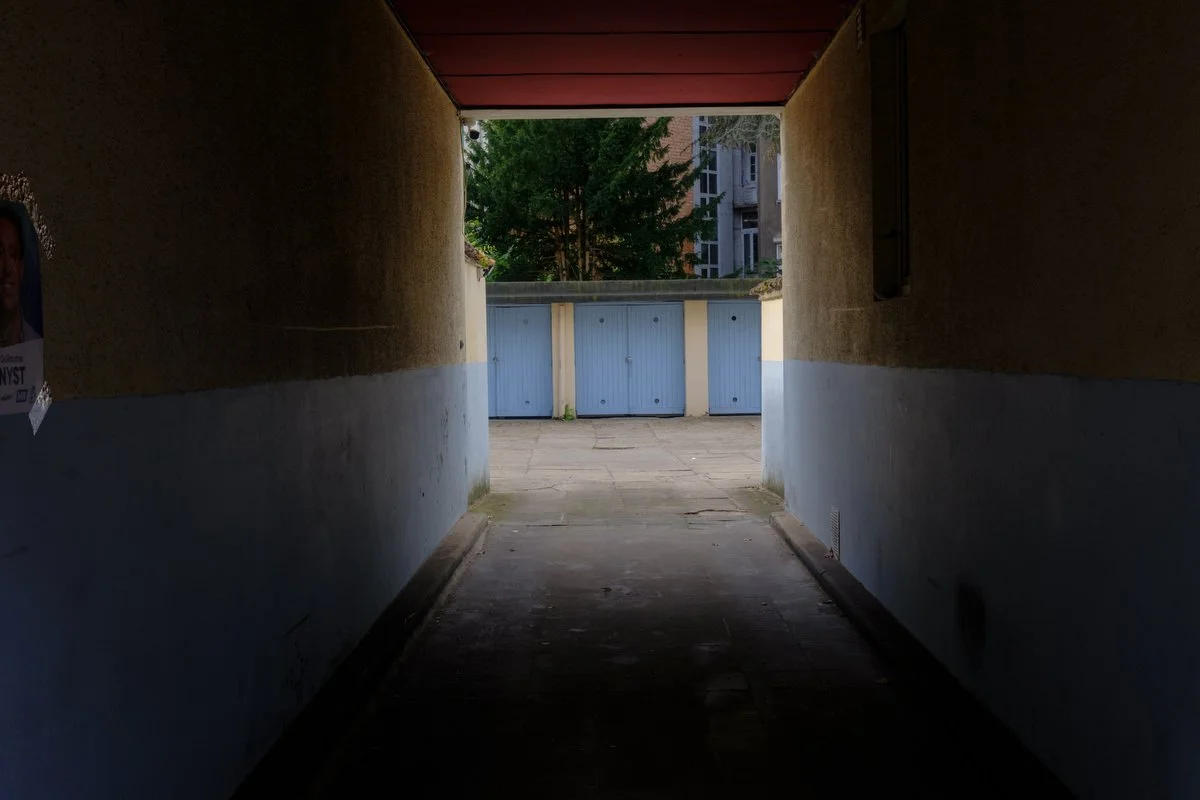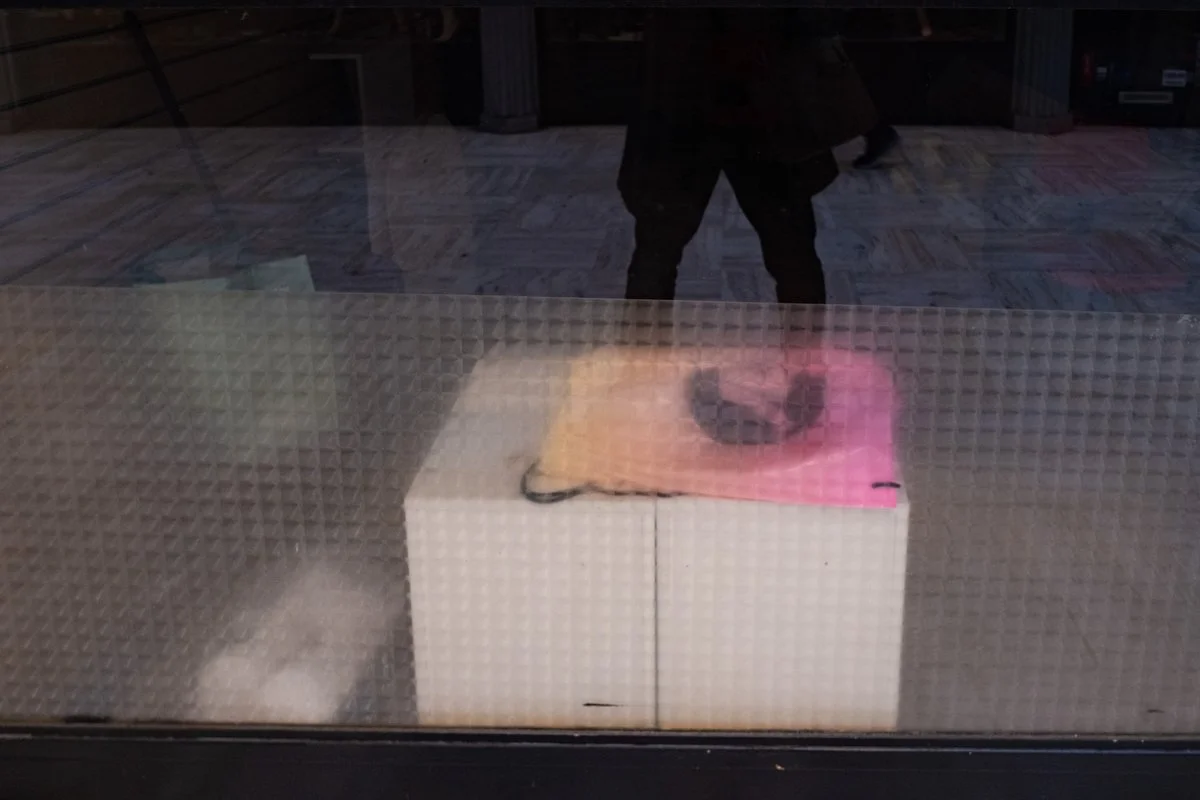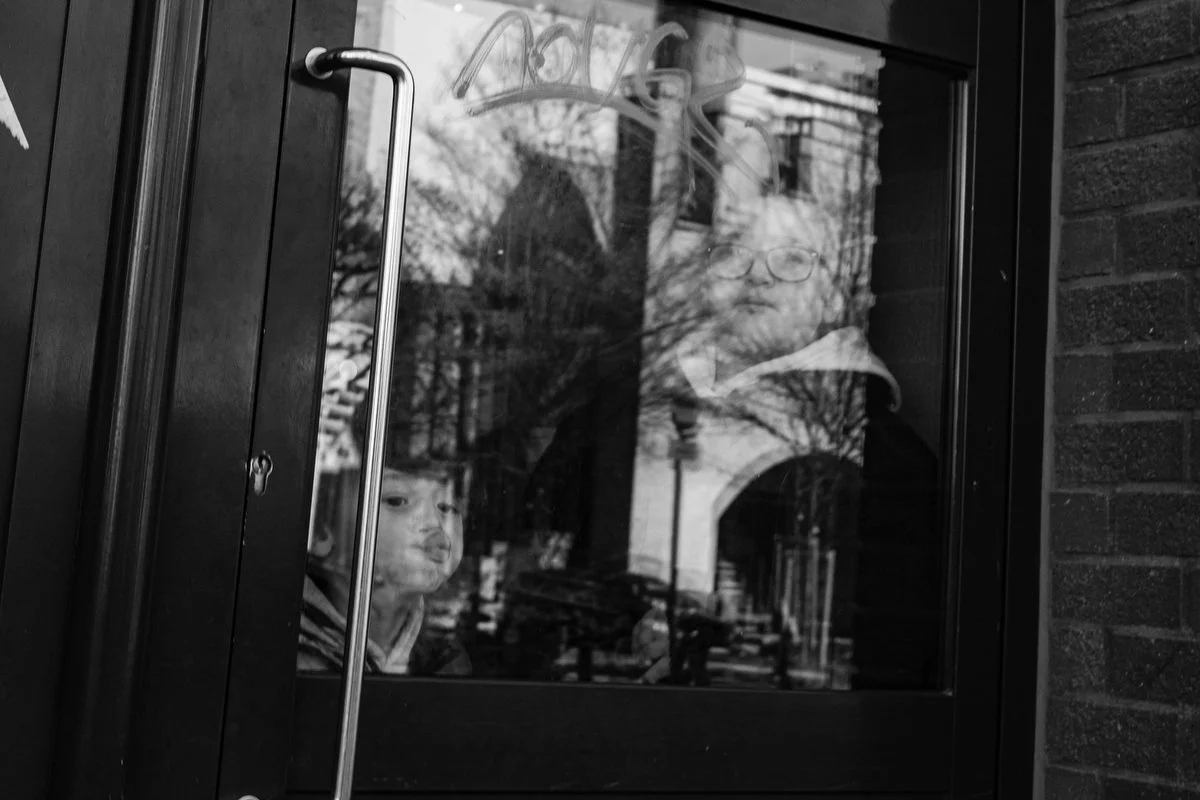The Art of Street Photography (Brussels): No Techniques but Inspiration
"Discover original street photography tips from Brussels-based photographer Sander de Wilde. Not just techniques, but inspiration, and the best ways to capture authentic moments in Brussels."
Sander de Wilde — Brussels
Street photography is often misunderstood. It’s not just about catching random people on the street, nor is it about technical perfection. It’s about seeing — noticing — the stories unfolding in the public space. In Brussels, a city layered with history, contrasts, and movement, the streets offer endless material.
Here are some insights I’ve learned after years of shooting in this city — not the usual “get closer” or “shoot in aperture priority,” but things that can really shift how you work:
1. Map the City with Your Feet
Before you even start shooting, walk. A lot. Not with your camera in front of your face, but with your eyes open. Learn the rhythm of the city: where light falls at different times of day, where people naturally gather, which corners reveal interesting reflections when it rains. In Brussels, Rue Haute has a different pace than Place Flagey, and both shift completely between morning and evening.
2. Hunt for Layers
Don’t settle for flat images. Look for compositions where something happens on multiple planes — a reflection in a window, a person passing in front of a poster, or a commuter framed by an archway. The visual complexity draws people into the frame and holds their attention longer.
3. Time is Your Secret Weapon
Go back to the same spot again and again. Street photography rewards patience and repetition. A banal corner can transform with the right light, weather, or human interaction. I have shots from Brussels streets I built over months of returning to the same square or cafe window.
4. Work the Quiet Moments
Everyone shoots markets, protests, parades. But real street work often happens in the quiet, transitional moments: just after a market clears, in the misty dawn before rush hour, in back alleys at night. Brussels, especially on a Sunday or during the August lull, offers a strangely empty cityscape that can produce haunting, poetic images.
5. Use the Soundtrack
Your ears can guide your lens. Pay attention to sounds — a busker’s music, the hum of a tram, kids playing football in a side street. Often, following your ears will lead you to the scene before it unfolds visually.
6. Embrace the Mess
Brussels is not a polished city — and that’s its strength. Don’t shy away from graffiti, scaffolding, cracked pavement, political posters layered over each other. These textures give your photos context and authenticity.
7. Don’t Chase the Perfect Frame
Street photography isn’t about perfection. If you wait for clean backgrounds and perfectly placed subjects, you’ll miss the energy of the street. Sometimes a shot with motion blur, a half-obscured figure, or awkward framing feels more alive and true to the urban experience.
8. Build a Personal Theme
Rather than shooting “everything,” develop a small, ongoing personal project: old men with dogs, political stickers on traffic signs, people on their phones in public, cafe culture. Having a theme sharpens your eye and creates a body of work with depth.
That’s the art of street photography for me. Not technical tricks, but attention, time, and intuition. And Brussels, with all its contradictions — modern and medieval, grand and gritty — is the perfect place to practice it.
PS You can always follow one of my dynamic street photography workshops.













